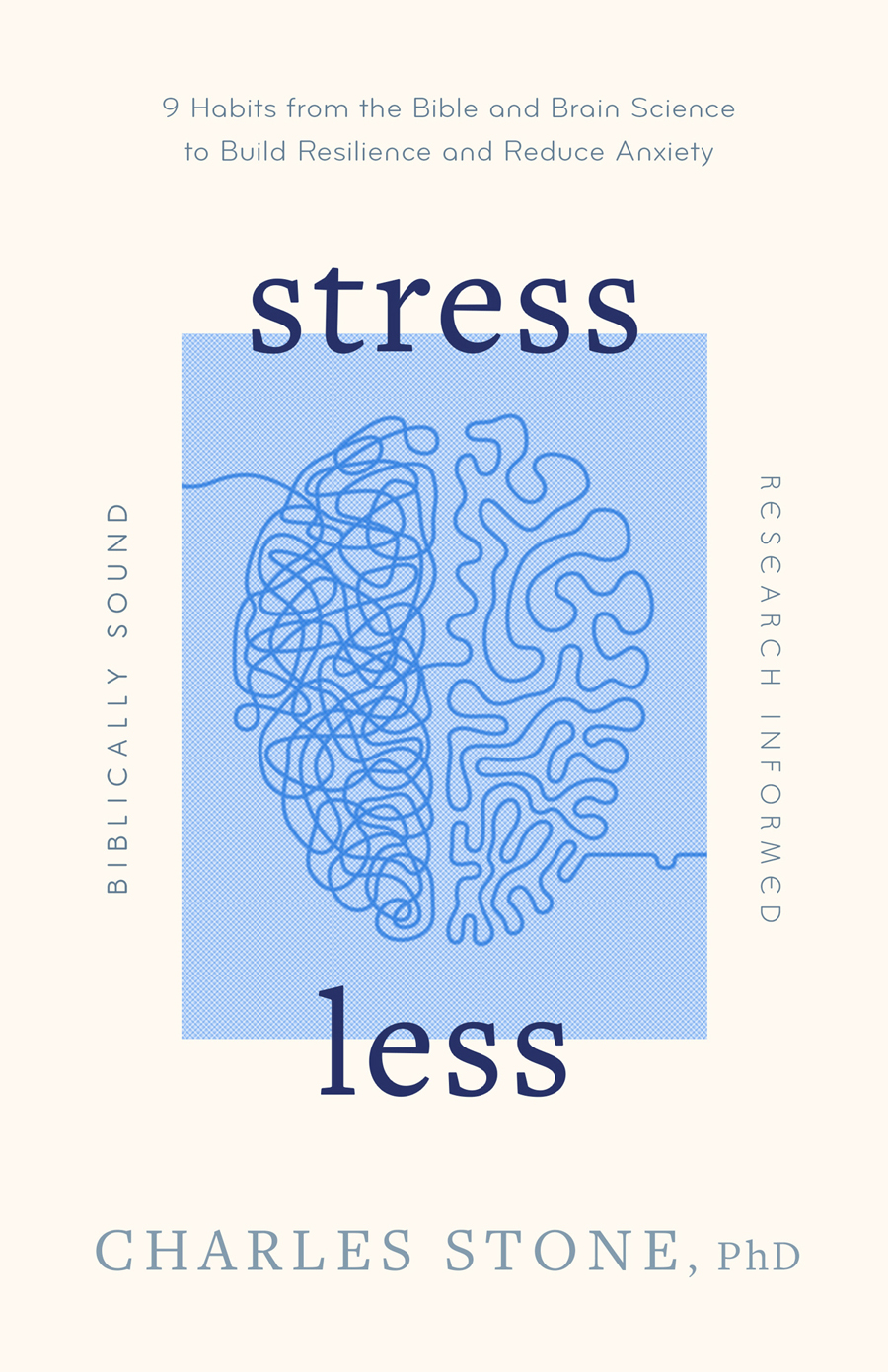To speak, teach, and preach well, it’s important to understand how memory works. That’s the theme of today’s post, a continuation of my prior post.
Scientists classify memory storage into three stages: stage 1– sensory memory, stage 2 — working (short-term) memory, and stage 3 — long-term memory. Memory processing begins with sensory memory, some of it makes it to short-term-memory, and even less makes it to long term memory. What gets moved to the long-term memory depends on what learners pay attention to, its emotional content, and how important, interesting, relevant, or useful that information is to them (called salience). And although working memory’s storage is limited and long-term memory is functionally unlimited, information can’t bypass working memory on its way to long-term memory. Working memory can become a bottleneck, like road construction can slow traffic when a four-lane highway narrows to one lane. I my book If Jesus Gave a TED Talk I devote a whole chapter on how to minimize this bottleneck effect.
Working memory and short-term memory sometimes get confused with each other. Short-term memory is a part of working memory. It stores information whereas working memory both stores and manipulates it. Think of working memory as a mental sketch pad where you briefly hold information from both your environment and from existing memories while at the same time you manipulate that information.
The diagram below give pictures the three classifications of memory storage.
Sensory memory
Sensory memory holds information for a fraction of a second up to a few seconds. A good example is the brief light trail a sparkler leaves when you move it around at night. Sensory memory processes information through our five senses, the way something looks, feels, sounds, etc. Sensory memory for visual stimuli is called iconic memory (the sparkler trail you soon forget), for auditory, echoic memory (the sound of the doorbell you soon forget), and for touch, haptic memory (the itch you just had that you forgot). Visual sensory memory lasts about one second while auditory memory can last up to four or five seconds. This stage 1 memory gives the brain time to process incoming information, yet it’s not consciously controlled. And, 99% of sensory memory is forgotten because it was not salient or important.
In next week’s post we’ll look at working memory.
Remember, the more you understand and apply insight about memory, the better communicator you will become.
This post adapted from my recent book. If Jesus Gave a TED Talk” 8 neuroscience principles the Master Teacher used to Persuade His Audience (available at online retailers). To learn more about the book click on the image to the right.


